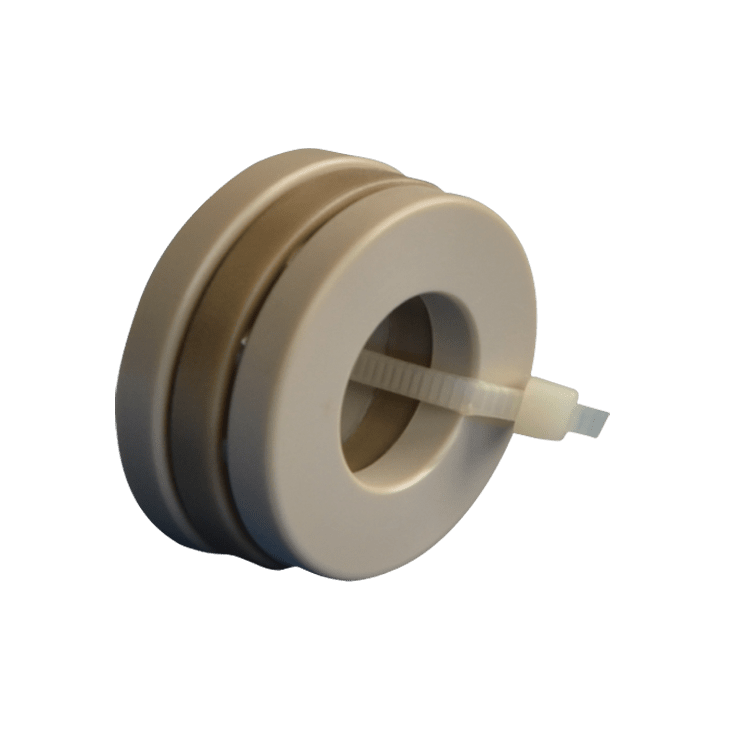Welcome to Tarso, professional special bearing manufacturer
A CERAMIC ball bearing is made up of a set of ceramic […]
A CERAMIC ball bearing is made up of a set of ceramic balls, with minimal friction losses. In addition, because ceramic balls don't have cages, mechanical efficiency is close to 99%. This property allows these bearings to be used in a variety of applications, including medical equipment, optical instruments, printing machinery, and food processing machinery. The following is a brief description of the CERAMIC ball bearing and how it works.
The first thing to understand about ceramic bearings is that they come in two basic forms: full and hybrid. A hybrid type has a ceramic inner and outer race, while a full ceramic bearing contains both ceramic materials. Ceramic balls, on the other hand, always have a ceramic material. Therefore, choosing a ceramic bearing will depend on your specific application, the operating conditions, and the environment. Ceramic bearings are highly durable and will provide years of service and high performance.
A hybrid type is available, which incorporates both steel and ceramic balls. Because of its low thermal expansion, the ceramic material is stiffer than steel, which helps reduce vibration and noise. Furthermore, ceramic balls are electrically insulating, so they're safe to use in environments where oil or grease is not available. Ceramic bearing balls require less lubrication and exhibit less lubrication degradation than steel ball bearings. These ceramic ball bearings are highly durable, and they can operate in temperatures as high as 1,800 degrees Fahrenheit.
A CeramicSpeed bearing is manufactured by 60 to 70 days. The process begins with the production of silicon nitride powder. This is followed by hot isostatic pressing, wherein the material is compressed to the desired final measurements. Then the material is subjected to a cooling process that prevents it from becoming brittle. This process allows the bearing to withstand the pedalling force much longer than steel bearings.

The ceramic ball is superior to steel in every way. It is lighter and smoother than steel, which reduces friction and energy loss. Ceramic balls also reduce the load on other components of the bearing. Thus, it allows more efficient operation of the equipment. Moreover, the non-conductive balls reduce the stress on the rest of the bearing, thus allowing the motor to spin faster. So, the advantages of using ceramic balls over steel ones are numerous.
Ceramic Ball bearings are manufactured from high-grade materials and are extremely durable. Unlike steel bearings, ceramic balls are easier to clean than steel balls. Therefore, you can clean them by using an appropriate grease. A good grease is Park Tool PolyLube PPL-1 or HPG-1. They are compatible with steel and ceramic bearings. It is easy to install. So, don't delay and purchase your CERAMIC ball bearing today.
The main advantage of ceramic ball bearings is that they have a low coefficient of friction. This is ideal for applications seeking to minimize friction. Additionally, ceramic balls have higher hardness than steel balls, which extends their life span. Moreover, ceramic balls produce less heat when spinning at high speeds. Because ceramic balls have better thermal properties, they are used in high-speed applications. Full ceramic ball bearings are used in specialized applications where non-conductive and non-magnetic materials are essential.